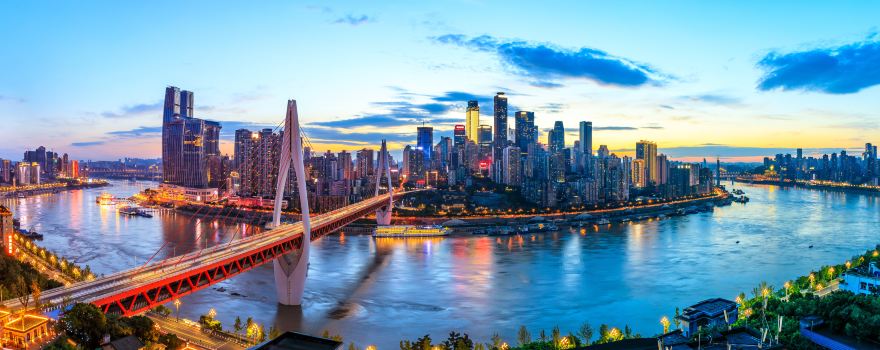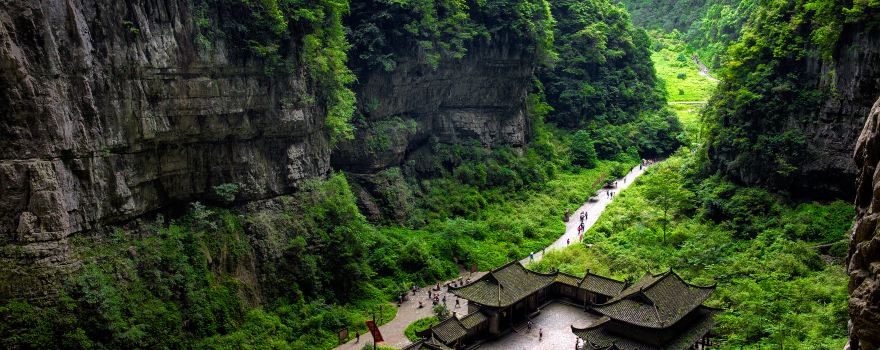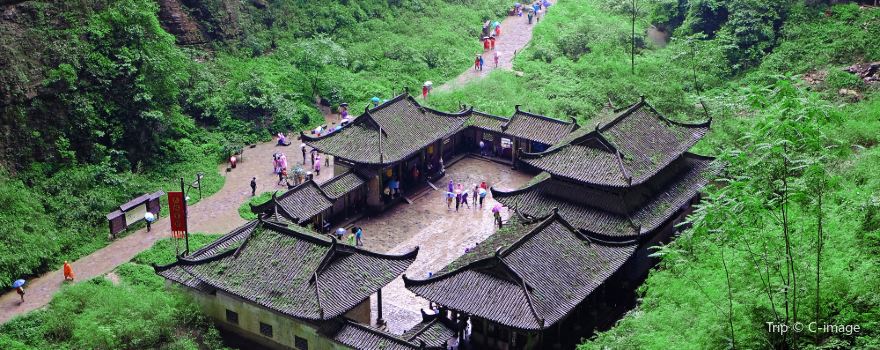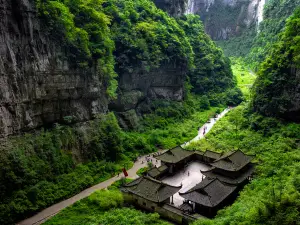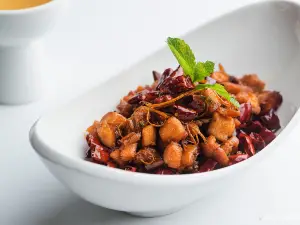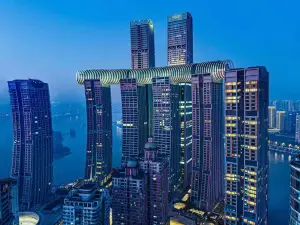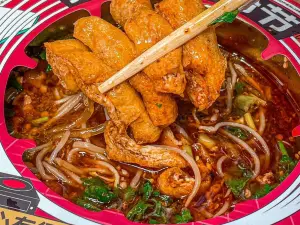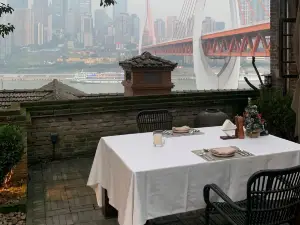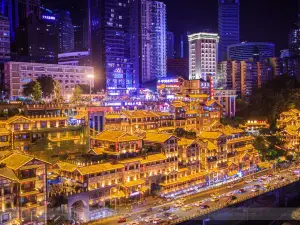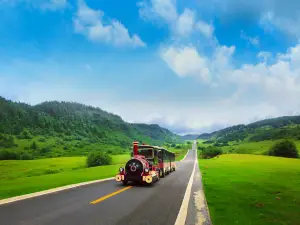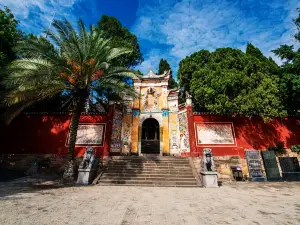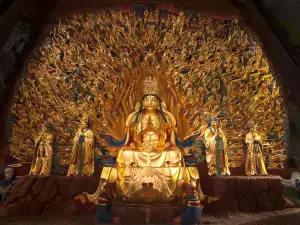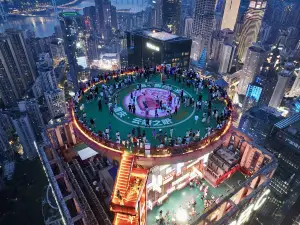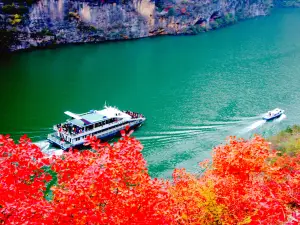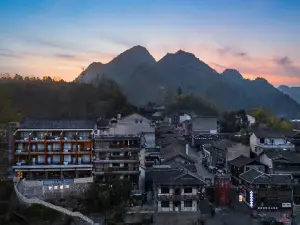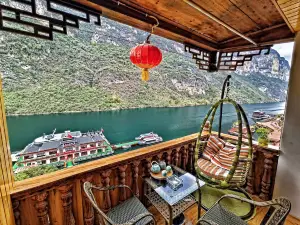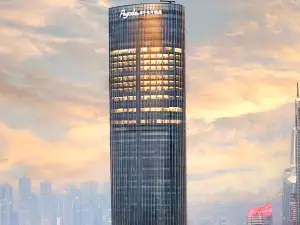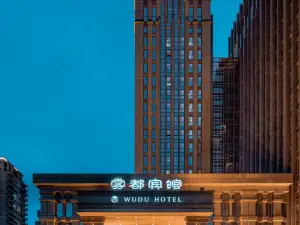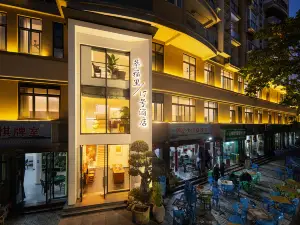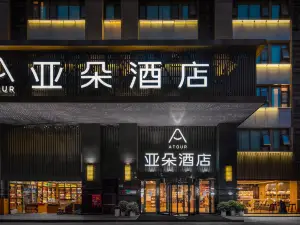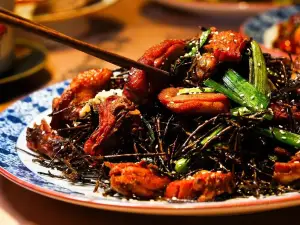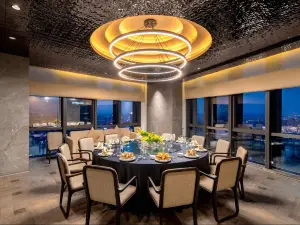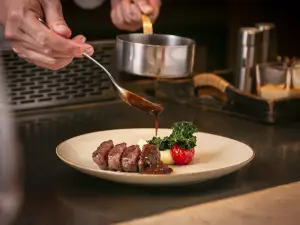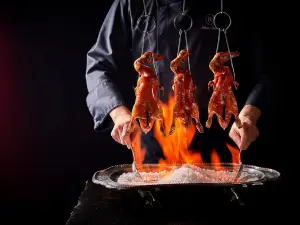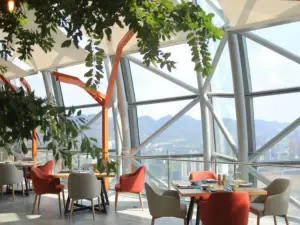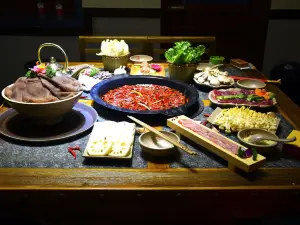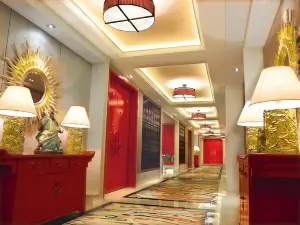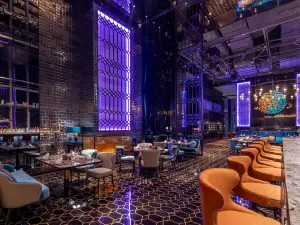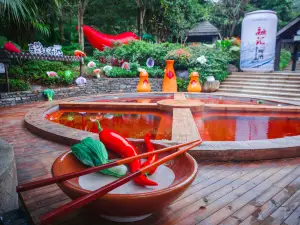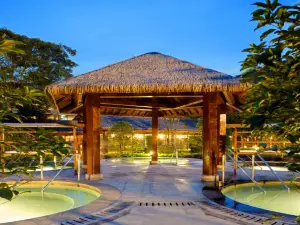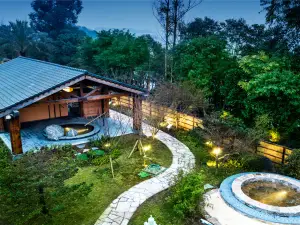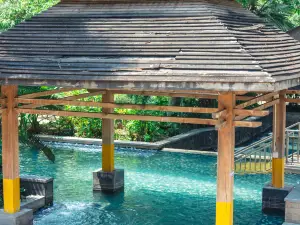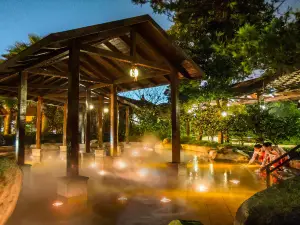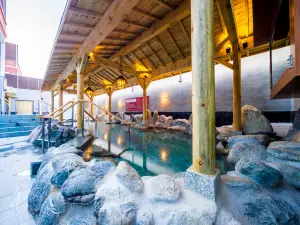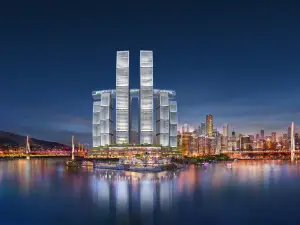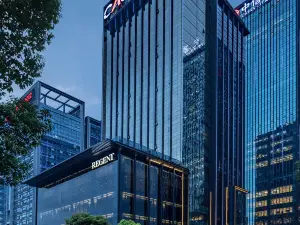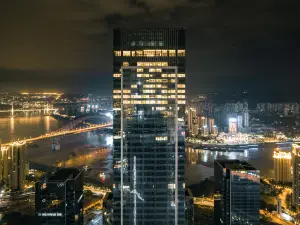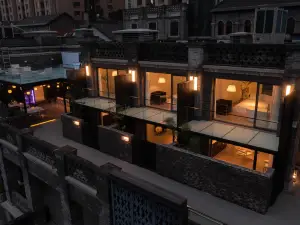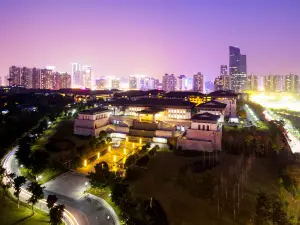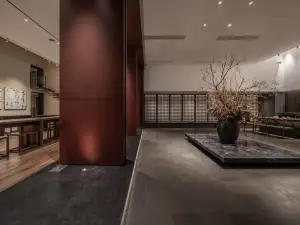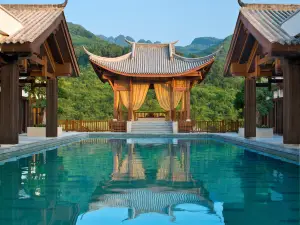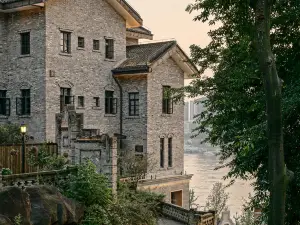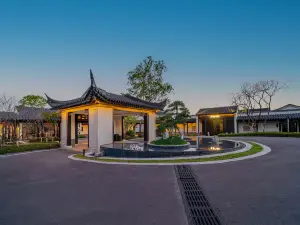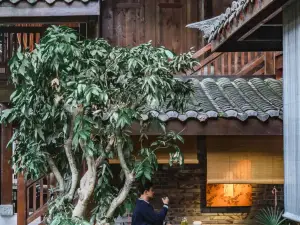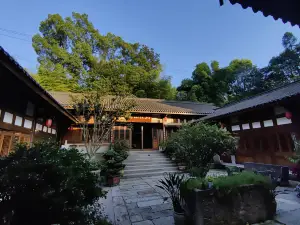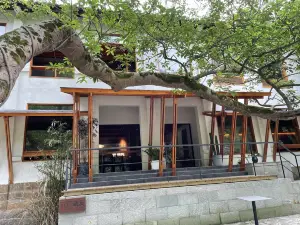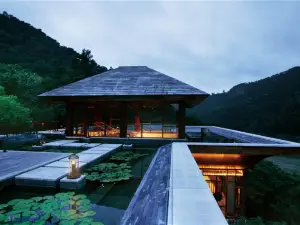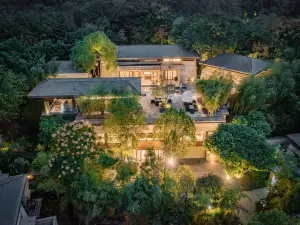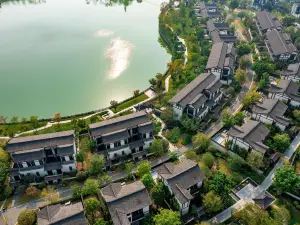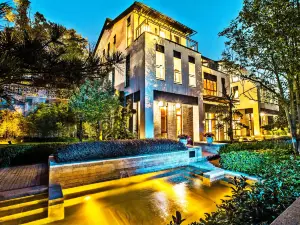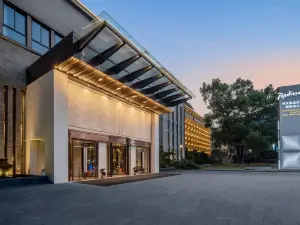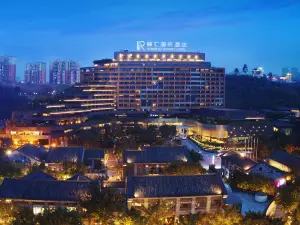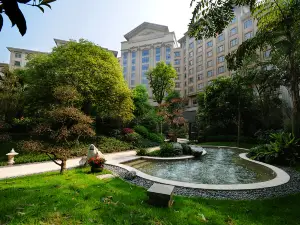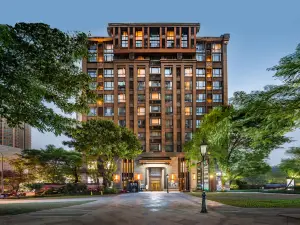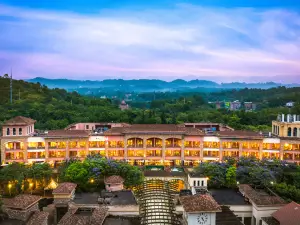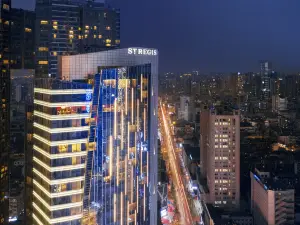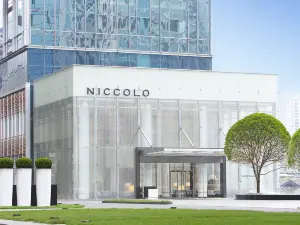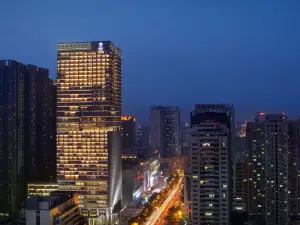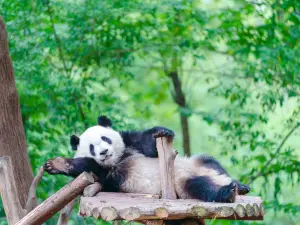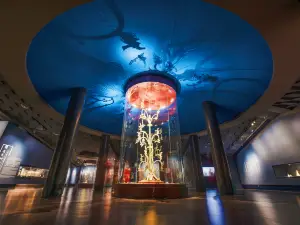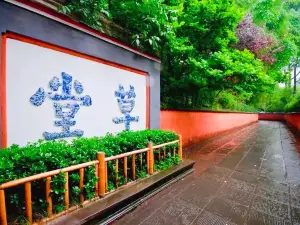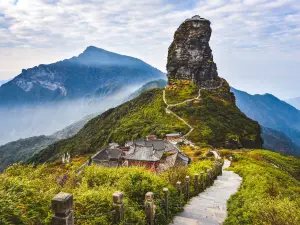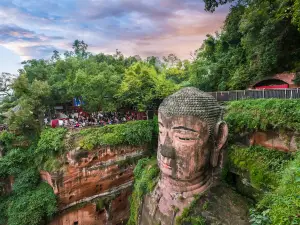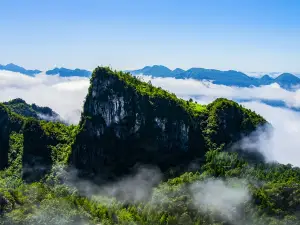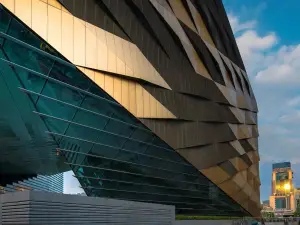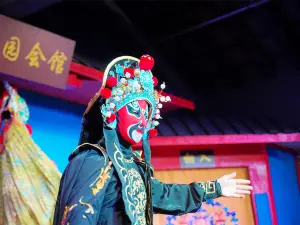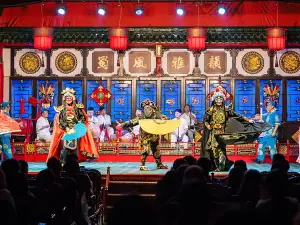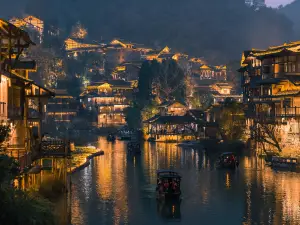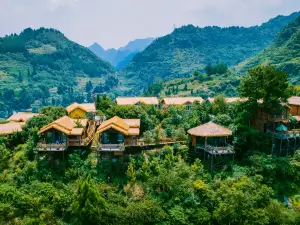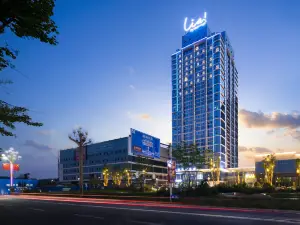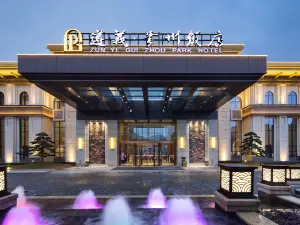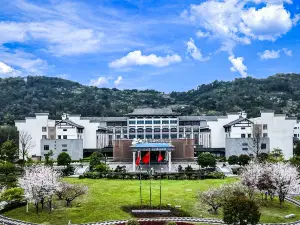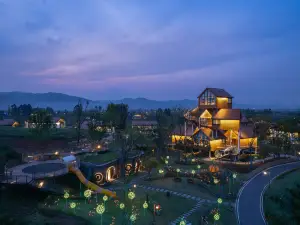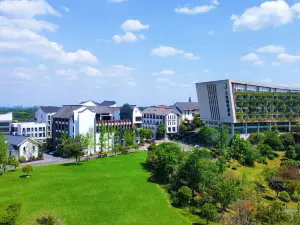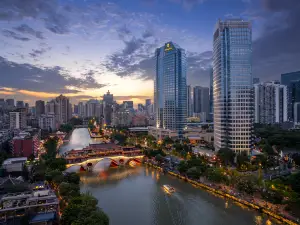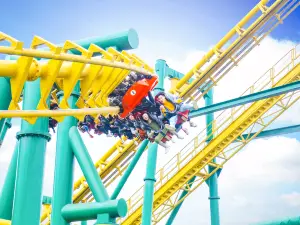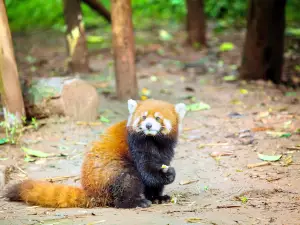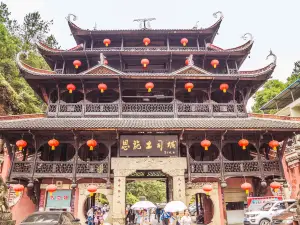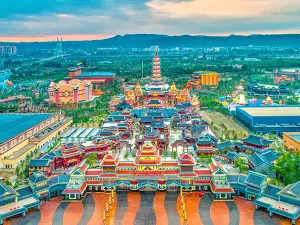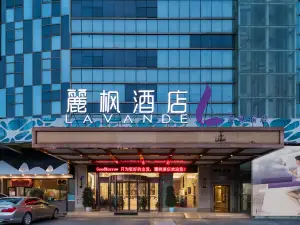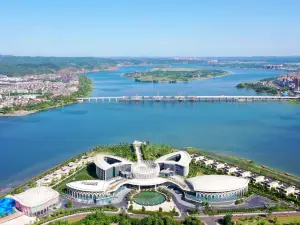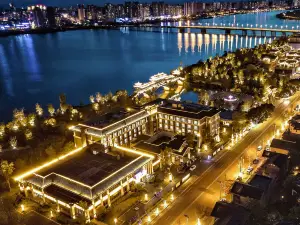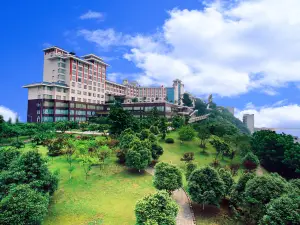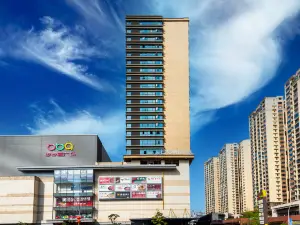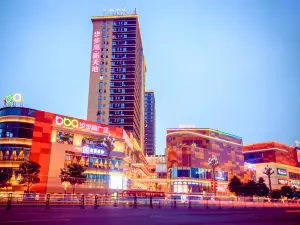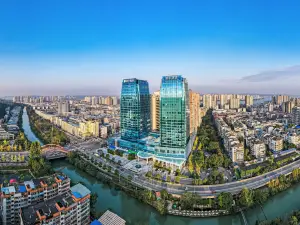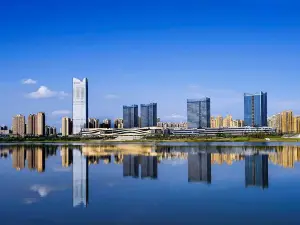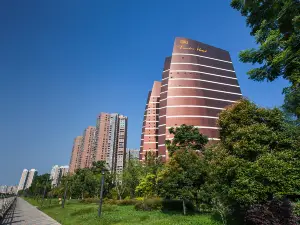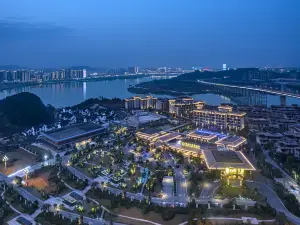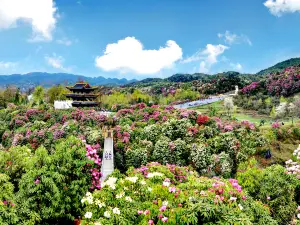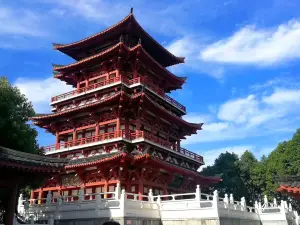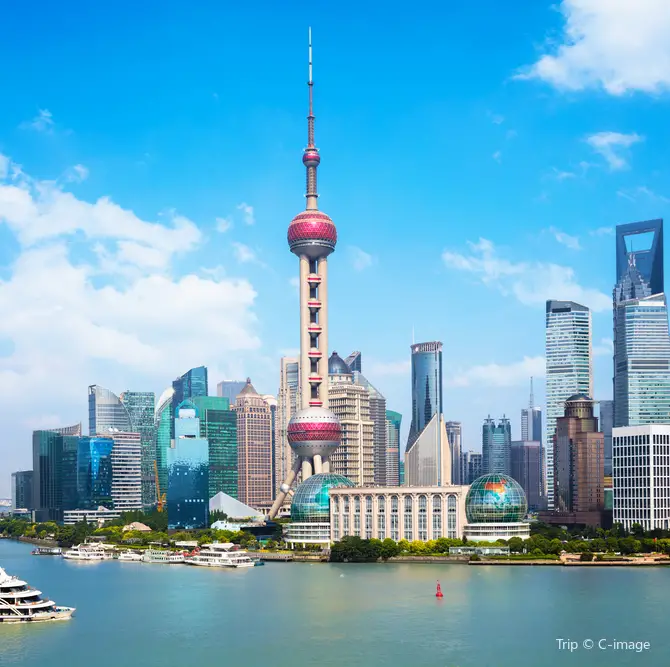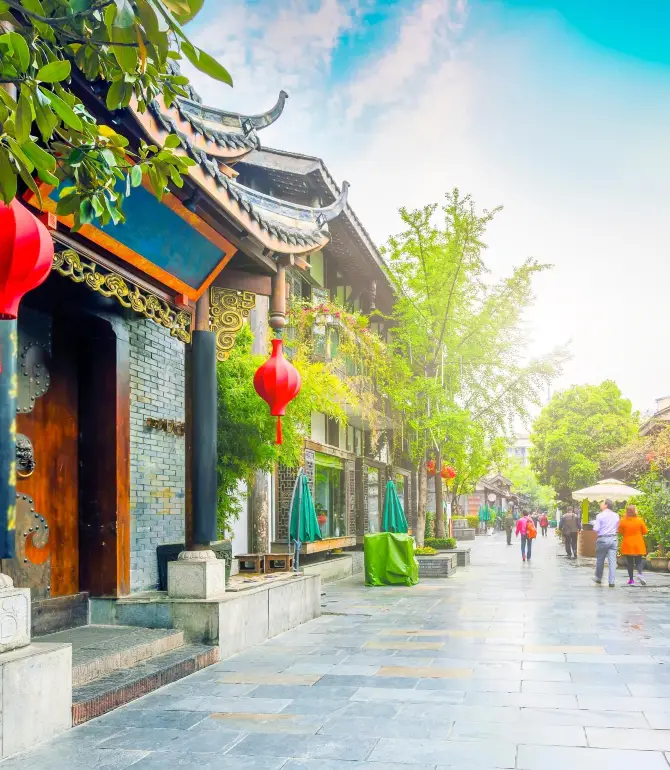Things to Do in Chongqing in 2025 - Top Attractions, Local Food, Hotels & Travel Tips (Updated April 2025) | Trip.com
About Chongqing
Recommended trip: 2–5 day(s)
Recommended trip: 2–5 day(s)Current Weather Conditions
Chongqing Local Experiences Map

Trending in Chongqing
Chongqing Local Travel Guide 2025
Chongqing Brief Guide
Chongqing is renowned in China for being a "mountain city". The brilliant nightscape of the town is equally as famous. The whole city is constructed on the tall peaks, low valleys, and sloping hills of the mountainside. Many skyscrapers have an upper, middle, and lower ground level entrance. When strolling about the downtown area, visitors will find themselves walking uphill and downhill along the undulating terrain of the streets. Central Chongqing is located at the confluence of the Yangtze and Jialing Rivers. It is also one of the important Yangtze River ports. The port itself has created its own kind of local culture. It can be said that the people here are similar to their favorite hotpot meal, a bit hot and spicy, and perhaps a bit prone to fiery outbursts. Leaving central Chongqing, there is an abundance of natural and cultural sites of interest. For example, visitors can see amazing geological wonders like the Heavenly Pit—the world's deepest sinkhole. There are also ancient relics and structures at places like Baidi City or Diaoyu Fortress.
Chongqing Must-try Local Experiences
1. Take a Night Cruise on the Yangtze River Embark on a night cruise along the Yangtze and Jialing rivers to see Chongqing's illuminated skyline and vibrant nightlife, including landmarks like Hongya Cave and Chaotianmen Bridge. 2. Discover the Dazu Rock Carvings Explore the UNESCO World Heritage Site of Dazu Rock Carvings, featuring intricate Buddhist sculptures and carvings from the 7th century. 3. Experience Hongya Cave Cultural Center Wander through Hongya Cave Cultural Center, a multi-level complex with traditional architecture, shops, and restaurants, offering stunning views of the Jialing River. Capture the unique beauty of the Hongya Cave stilt houses, highlighting the traditional architecture and vibrant colors. 4. Walk through Ciqikou Ancient Town Stroll through Ciqikou Ancient Town, with its narrow streets, traditional teahouses, and local crafts, to experience the charm of old Chongqing. 5. Sample Local Cuisine Chongqing is famous for its spicy hot pot, but don't miss other local dishes like Chongqing noodles and spicy chicken. 6. Explore the Jiefangbei Pedestrian Street Discover the bustling Jiefangbei Pedestrian Street, a shopper's paradise with modern malls, department stores, and local boutiques.
Chongqing Must-see Attractions
Chongqing is a city of both natural and urban wonders, featuring attractions like the Yangtze River Cableway, the UNESCO-listed Three Natural Bridges, the culturally rich Hongyadong Commercial Street, and Ciqikou Ancient Town, as well as the scenic Chongqing Two-River Cruise, all of which offer visitors a blend of breathtaking landscapes, historical insights, and modern entertainment.
Chongqing Where to Stay
Chongqing is a vibrant city in Southwest China, renowned for its unique topography and bustling urban areas. The city's accommodations are spread across several key districts, each offering distinct experiences for travelers.
Chongqing Food Guide
Chongqing's cuisine is renowned for its spicy, fresh, and fragrant characteristics, from the spicy oil-dipped hotpot and Chuan Chuan to the al dente and chewy Xiaomian and Hot and Sour Noodles, to the gold ingot-shaped wontons, all reflecting this mountain city's love and pursuit of spicy flavors and rich ingredients.
Chongqing Useful Guide
Chongqing's transportation network is well-developed, with Chongqing Jiangbei International Airport and Chongqing North Railway Station being the primary hubs for air and rail travel, respectively. Chongqing Jiangbei International Airport (CKG) is a significant aviation hub in southwestern China, located approximately 19 kilometers north of the city center. To reach the city from the airport, travelers can use the Chongqing Rail Transit (CRT) line 10, which connects directly to the airport terminals. Chongqing North Railway Station is the city's most important train station, connected to most major cities in China. It is a key station for high-speed trains and serves as a major transportation junction. To travel from Chongqing North Railway Station to the city, passengers can use buses or metro line 3, which takes about 45 minutes.
Trip.Best: Chongqing
Things to do in Chongqing
What to Do
Where to Stay
What to Eat
Yang Ji Long Fu Restaurant(Jie Fang Bei Main Store)
Chongqing Moments: Through Travelers' Eyes

Beautiful mall in Chongqing

🏞️ Uncover the Hidden Mountainous Beauty of Wulong, Chongqing 🏞️

Chongqing is 10000 times better than Hongya Cave, and I found it!

3-Day, 2-Night Chongqing City Walk: A Super Detailed Guide for an Immersive Experience

Weekend Getaway|Escape to a Forest Cabin and Enjoy a Private Hot Spring

Top 3 Must-Visit Spots in Chongqing

🇨🇳 Stone Hotel Jiefangbei Raffles Plaza

Chongqing Wulong 2-Day Tour: Explore the Hidden Paradise for Only 600 RMB per Person!
Best of Chongqing
Site Operator: Trip.com Travel Singapore Pte. Ltd.
